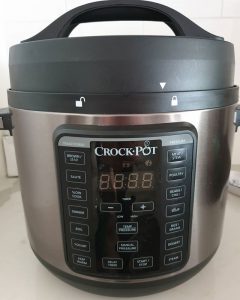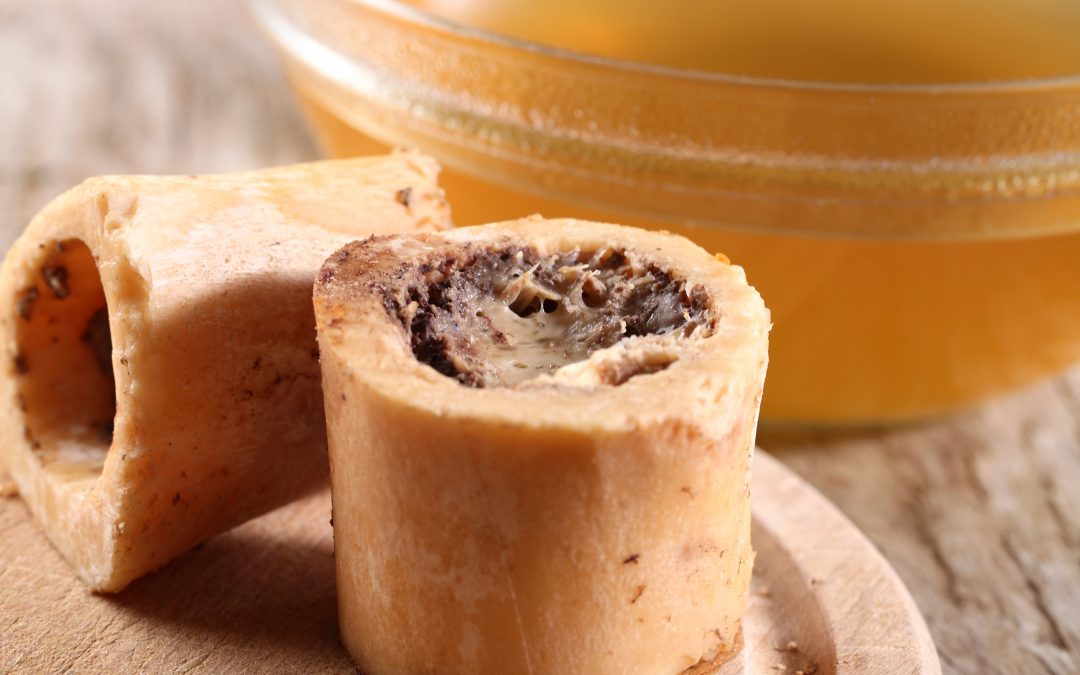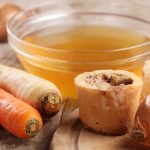
Cooking with the Crock-Pot Express

The Crock-Pot Express Multi Cooker is an electric pressure cooker. It uses steam pressure to cook food. Pressure cooking has been around since the 1600’s, so this machine is electric and newer the concept is the same.
The CPE is also multi-functional, which means it does more than just pressure cook food. This machine can be used in many ways. Sauteing the meat builds flavour into the meal without using a separate pan. There’s a steam setting, soup setting and yogurt setting just to name a few.
I grew up watching my parents use a stove top pressure cooker and it scared the life out of me. If I had to use one of the old ones I would never have tried it for myself. But they have been modernised. They’re easy to use and safe. The CPE is self-regulating and easy to use. It is a learning curve but not a step one – you will gain confidence with experience.I really like the safety features. You can’t take the lid off until it is safe to do so… No matter how hard you try. Having said that, please use any pressure cooker as it is intended as with most kitchen appliances it could be used in an unsafe manner.
We moved house and we were without a stove-top for a few months. I struggled with meals as we usually cook a lot of stir fry’s, omelets, etc. We were using an induction cooker which was good but it was a single burner… Not easy with a family of five, let alone when we had visitors.
Ease and Speed
After reading online a bit I decided upon the Express Crock Multi-Cooker (CPE). I ♥️ this thing! I can pull meat from the freezer at 4.30pm and have a delicious, nutritious meal on the table by 6pm! Usually to do that would involve defrosting meat in the microwave which makes it go tough. However, it isn’t always the quickest option – it isn’t Drive-Thru-Sue speed. The greatest appeal of the pressure cooker for me is the set it- and forget it nature, the hands-off yet delicious yummy factor. Whilst eggs may only take several minutes to hard boil the machine still takes time to come to pressure and then cook so it isn’t always the quickest – but it is one of the easiest, hands-off cooking processes. And for someone like me that is a good thing. I can start cooking eggs, answer the phone then end up folding laundry while the saucepan has turned black and the smoke alarm is screaming. True story. I no longer have burned pots when using the pressure cooker. CPE For the Win!
I find the meat is always tender so I can buy cheaper cuts of meat yet they’re still edible! The meals are packed with flavour, which I didn’t always find with the slow cooker. But the best things has to be… Bone broth! Beautiful, rich gelling bone broth from beginning to end in just a free hours. Doesn’t get better than that! What used to take days in the slow cooker now takes a few hours.
CPE For the Win!
It heats and cooks food under pressure, sears and sautés meat, plus steams rice and veggies. It can cook at low temperatures, as a slow cooker but honestly, why would you? It has many features so can cook a variety of meals. The options include Meat/Stew, Beans/Chilli, Rice/Risotto, Poultry, Soup and Steam.
Favourites
Corned Silverside, soups, pasta sauces, spaghetti, Mac n cheese, pulled beef/pork/chicken, bone broth, butter chicken, beef stroganoff and many other casseroles, boiled eggs, cakes and more are some of the dishes I cook in my CPE. Nowadays, I wouldn’t be without my CPE. It really takes the ‘pressure off’. 😂
Considerations
This is not an air fryer. Rather than crispy, crunchy foods think tender and juicy. This is a point not obvious to everyone so it is worth a mention.
The meats and veggies will not be crisp like when roasting in the oven. But they will be tender and full of flavour.
A pressure cooker isn’t going to replace your stove-top or your oven but it will be a marvellous complement to them and a handy addition to your kitchen.
More Information








